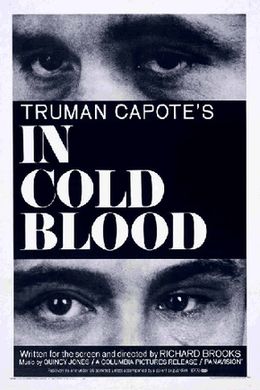
One of Arnold Schwarzenegger's most famous one-liners will be back for generations to come, now that 1984's The Terminator has been selected for preservation in the US national film archive.
The low-budget film directed by James Cameron set a new standard for science-fiction and made Schwarzenegger, now California's governor, a star. The Library of Congress announced yesterday that it is one of 25 films being added to the National Film Registry.

The move will guard Schwarzeneg ger's deadpan, "I'll be back," against deterioration, along with the sounds and images of the other culturally significant picks. Other titles being added to the registry include the groundbreaking all-black-cast film Hallelujah from 1929, Richard Brooks' 1967 film adaptation of Truman Capote's In Cold Blood and the 1972 John Boorman film Deliverance based on James Dickey's novel about four businessmen on a nightmarish canoe trip through the remote Georgia wilderness.
"The registry helps this nation understand the diversity of America's film heritage and, just as importantly, the need for its preservation," Librarian of Congress James H. Billington said in announcing his 2008 selections. "The nation has lost about half of the films produced before 1950 and as much as 90 percent of those made before 1920."
As time passes, older nitrate- and acetate-based films begin to deteriorate, Billington said. The Library of Congress is working to digitize and preserve endangered film and audio files at its new Packard Campus of the National Audio-Visual Conservation Center, an approximately $250 million facility built in a bunker in the hills near Culpeper, Virginia.
With yesterday's additions, the total number of films in the registry will reach 500.
The registry, established by Congress in 1989, works with film archives and movie studios that own the rights to the selected films to ensure original copies are kept safe. It also acquires a copy for preservation in its own vaults among millions of other recordings.

Curators select films based on their cultural, historical or aesthetic significance, saying their picks would not necessarily overlap with those of a movie critic. And some are not feature films at all: This year's list includes a family's home movie, Disneyland Dream, which documented a trip to the newly opened park in Anaheim, California, in 1956.
"The selection of a title for the registry is not meant to duplicate the Academy Awards or anything like that," said Patrick Loughney, head of the library's audio-visual center.
The library accepted public nominations for the film registry selections online and issued a specific call for lesser-known films, including amateur and home-movie footage.
Some films were selected for their historical value, such as Hallelujah, the tale of a cotton sharecropper made by MGM as the studio was transitioning from silent to sound films. The 1910 film White Fawn's Devotion, the oldest film selected this year, was made by James Young Deer. He was the first documented American Indian movie director, a member of the Winnebago tribe.
Other movies inspired the nation during times of trouble, such as Sergeant York starring Gary Cooper, which told the story of a Tennessee pacifist who captured 130 German soldiers in World War I. The film was released just months before the United States entered World War II.
(China Daily/Agencies December 31, 2008)